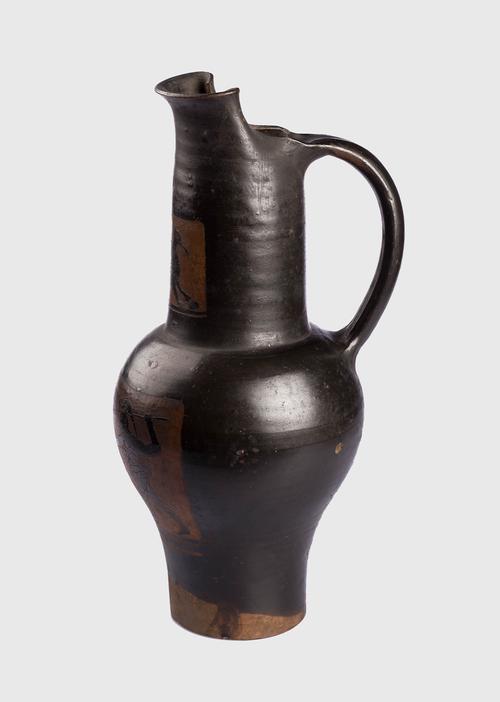introduction
Dreams: Decoding the Way to the Wish
With the publication of The Interpretation of Dreams in 1899, Freud took the theory of psychoanalysis beyond the study of the neuroses and applied it to the everyday activity of dreaming. The very title of the book is provocative; by suggesting that dreams can be interpreted, Freud intentionally positioned psychoanalysis against contemporary trends in the theory of mind which viewed dreams as meaningless productions of physiological processes. However, unlike ancient ‘dream books’, which offered a universal ‘code’ for deciphering dreams, Freud argued that a dream has a meaning that is personal to the individual dreamer themselves. The dream is a disguised wish-fulfilment, which can be unravelled through the dreamer’s own associations rather than by referring to dictionary definitions.
The Interpretation of Dreams was one of Freud’s most ambitious works, and his most personal. Throughout the text Freud analyses dozens of his own dreams, including one in which his wife Martha gives him a drink from an Etruscan cinerary urn. Freud describes how the dream of the Etruscan cinerary urn shows that a dream can contain multiple wishes; here the dream satisfies Freud’s thirst as well as returning to him a much-loved object from his collection that he had previously given away.
The Etruscan wine jug on display here stands in for the Etruscan cinerary urn, which Freud had purchased on a trip to the Tombs of Orvieto in 1897 and which was part of his collection for less than a year. It reminds us that objects exist in circulation, that they can be exchanged and replaced. It also suggests that there is a web of desire woven by the collector through his collection, a desire no single piece can ever fully satisfy.

Oinochoe decorated with warriors
Etruscan, 4th century BCE